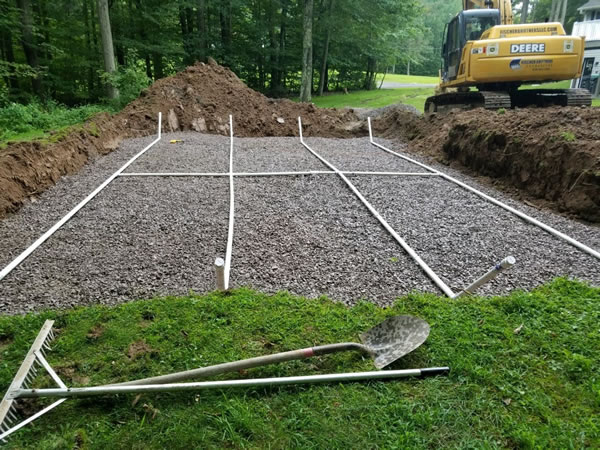
24
Sand mound septic systems are an effective solution for properties with poor soil conditions or high water tables. These systems rely on a mound of sand to treat and disperse wastewater, ensuring it does not contaminate the environment. However, the stabilization of sand mound septic systems is crucial for their long-term effectiveness and reliability.
Stabilization refers to maintaining the structural integrity and proper functioning of the sand mound. Several factors make stabilization vital for these systems.
Regular maintenance is essential to keep a sand mound septic system stable and functioning correctly. Here are key maintenance tasks that contribute to stabilization.
Ensuring the proper stabilization of a sand mound septic system begins with correct installation. Hiring a professional from Charlotte Septic Pros for septic tank installation guarantees that the system is designed and constructed to meet local regulations and environmental conditions. Proper installation sets the foundation for a stable and long-lasting septic system. By prioritizing stabilization, homeowners can ensure their sand mound septic system operates efficiently and effectively for years to come.
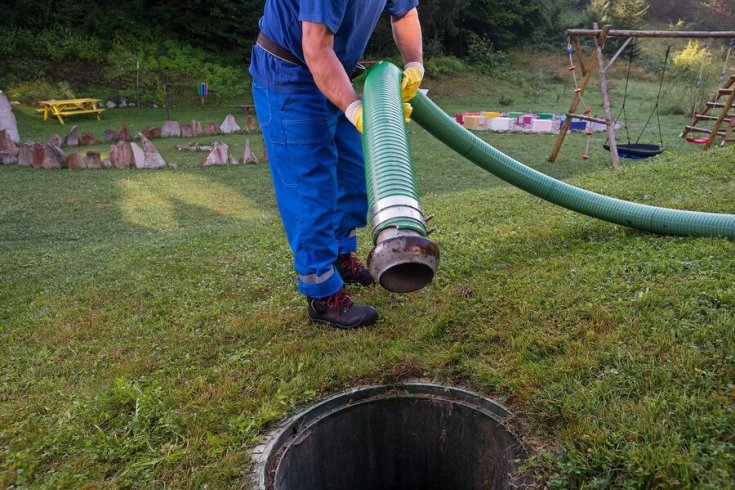
04
Early Warning Signs Your Septic Tank Needs Pumping For homeowners who rely on a septic system, routine maintenance is not…
Read more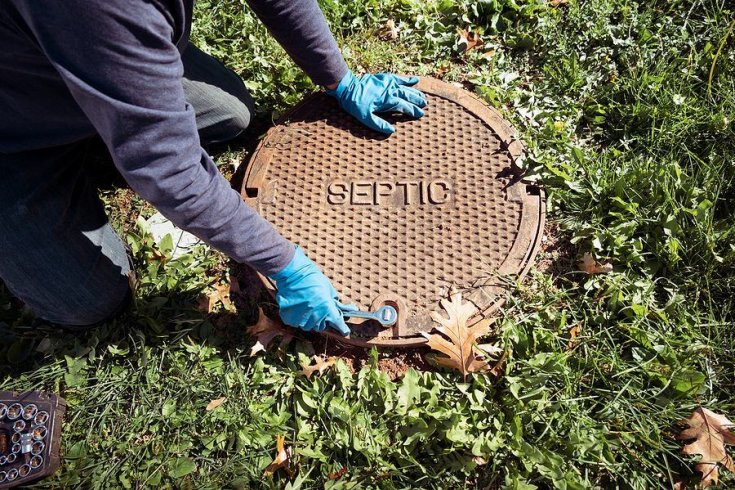
29
Why Does My Septic System Smell Fine One Day and Terrible the Next? If you own a home with a…
Read more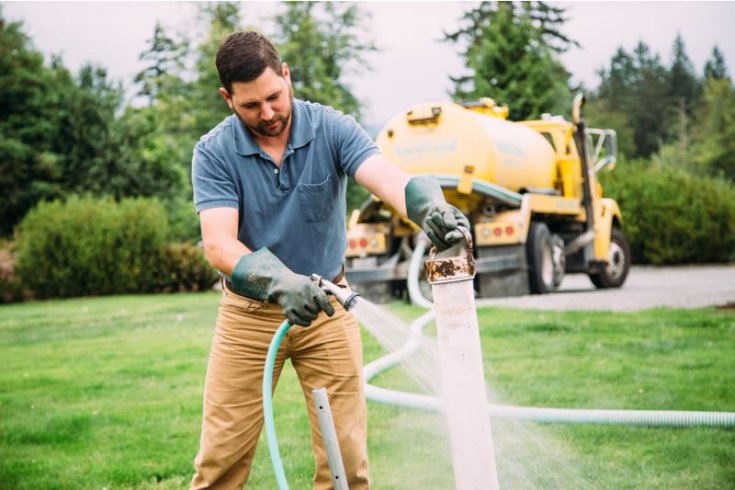
19
Is Your Septic System Overdue? Simple Home Checks You Can Do Today For many homeowners, the septic system is a…
Read more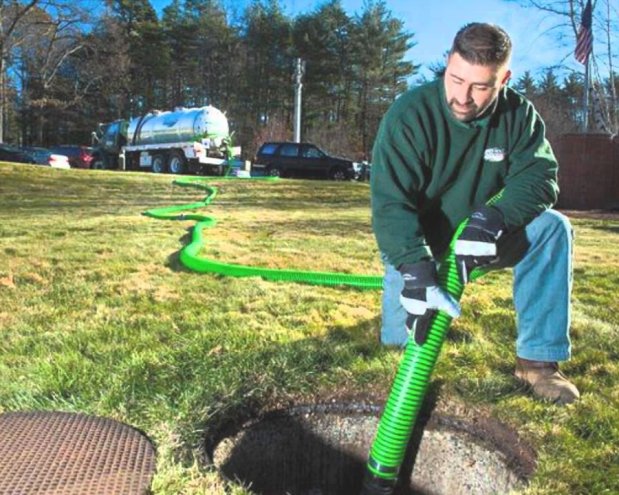
13
5 Signs Your Septic Tank Is Overdue for Pumping Your septic system works quietly behind the scenes, managing wastewater from…
Read more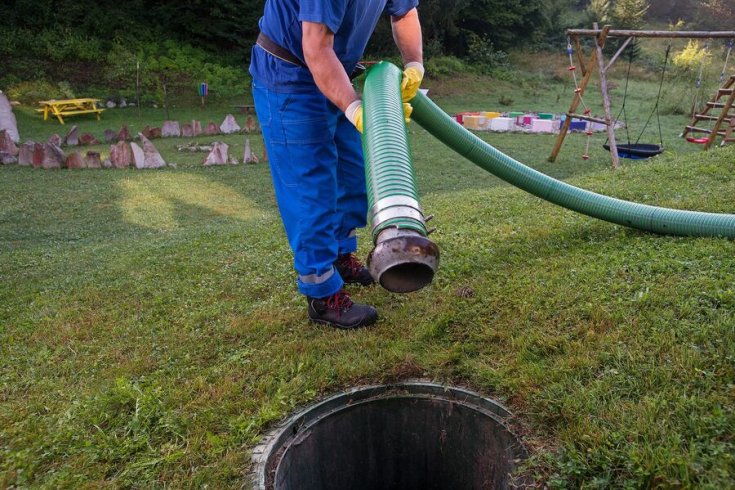
07
Do Septic Additives Really Work? Septic additives are everywhere. You’ll see them at hardware stores, advertised online, and often recommended…
Read more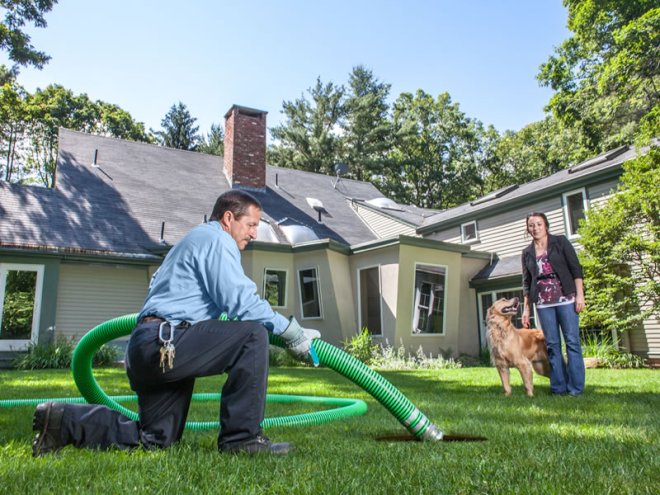
29
5 Things You’re Doing Every Day That Fill Up Your Septic Tank Faster Your septic system works quietly in the…
Read more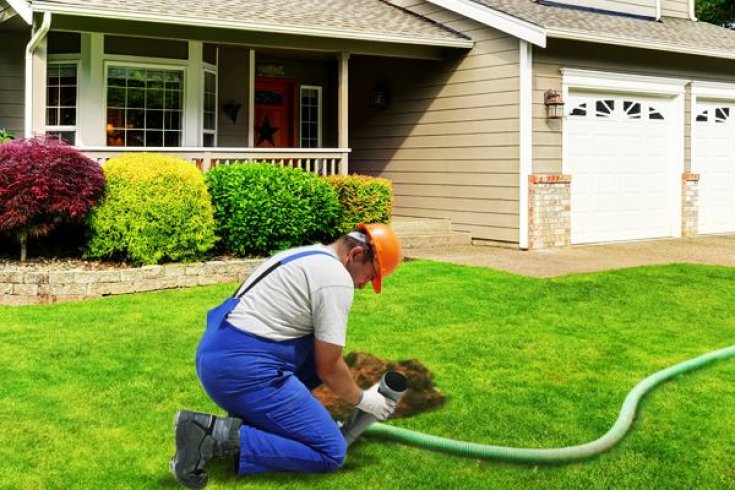
21
Is It Normal for Grass to Grow Greener Over My Septic Tank? If you’ve noticed a patch of grass in…
Read more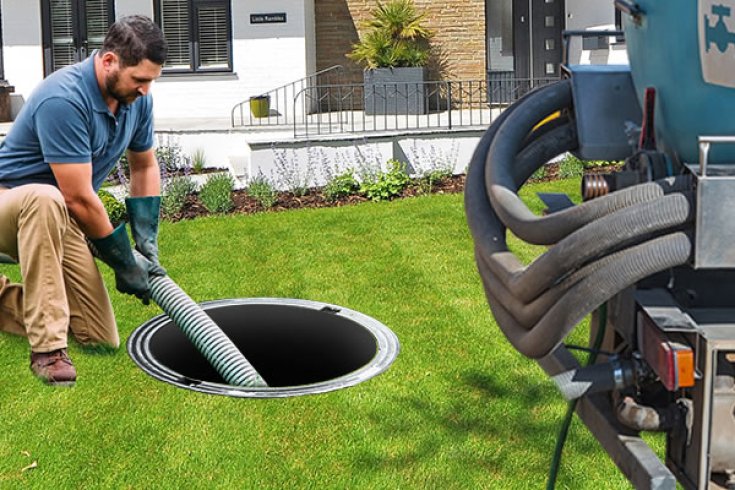
16
Why You Shouldn’t Wait Too Long to Pump Your Septic Tank A septic system works tirelessly behind the scenes to…
Read more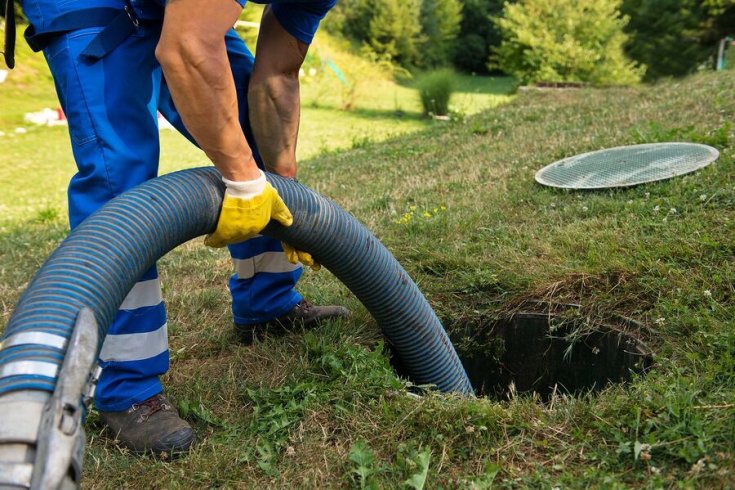
07
Septic Tank Smells? Let’s Talk About What’s Really Going on Underground A septic system is designed to manage wastewater efficiently…
Read more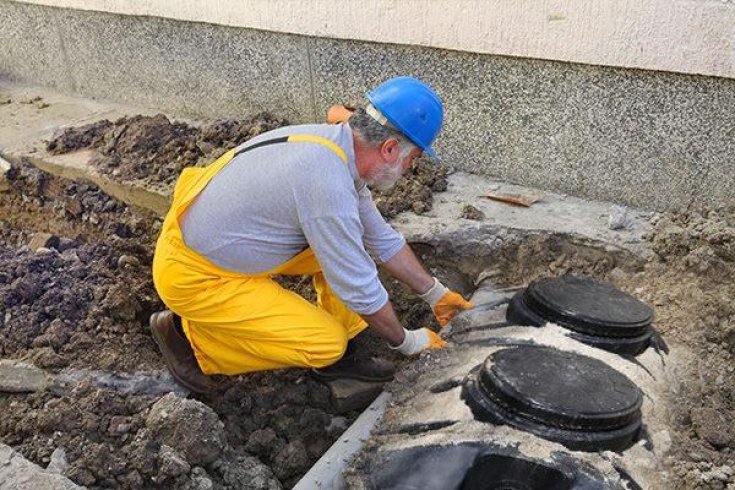
31
Why Neglecting Your Septic Tank Can Affect Your Yard, Home, and Health A well-functioning septic system is essential for managing…
Read more